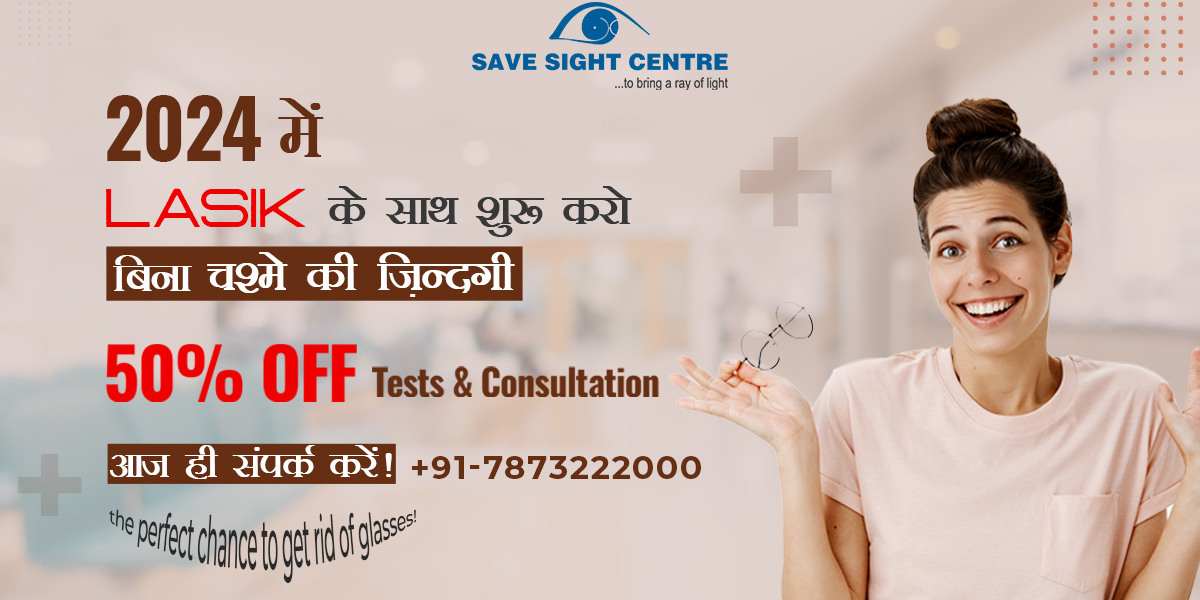In the realm of manufacturing and production, ensuring the highest quality of your products is paramount. The process begins long before the first product rolls off the assembly line - it starts with pre-production inspection. This critical phase lays the foundation for success, assuring that the manufacturing process will be smooth, cost-effective, and result in top-quality products. In this comprehensive guide, we will navigate through the intricacies of pre production inspection , exploring its purpose, significance, key steps, and how it ultimately paves the way for excellence.
Understanding Pre-Production Inspection
Pre-production inspection (PPI), often referred to as "initial production check," is a proactive quality control measure undertaken at the early stages of manufacturing. It serves as a vital quality assurance step that takes place before mass production begins. The primary goal of PPI is to identify and rectify any potential issues, defects, or discrepancies in the product or the manufacturing process. By doing so, it ensures that production runs smoothly, and the final products meet or exceed quality standards.
The Significance of Pre-Production Inspection
Pre-production inspection is far from a mere formality; it plays a pivotal role in the manufacturing process. Here's why it is so significant:
1. Defect Prevention: By identifying and addressing issues in the early stages, PPI prevents the production of defective or subpar products. This not only saves resources but also preserves your brand's reputation.
2. Cost Savings: Correcting problems during the pre-production phase is considerably more cost-effective than making changes once mass production is underway. It reduces the likelihood of production delays and costly rework.
3. Quality Assurance: PPI ensures that the product is being manufactured according to the specified quality standards and meets all relevant regulatory requirements.
4. Risk Mitigation: It helps in risk assessment, allowing you to anticipate and address potential challenges before they become major problems, such as supply chain disruptions or unforeseen technical issues.
Key Steps in Pre-Production Inspection
A well-executed pre-production inspection involves several key steps:
1. Documentation Review:
The process typically begins with a review of all relevant documents. This includes examining product specifications, quality standards, manufacturing plans, and any other documentation related to the production process. The aim is to ensure that everything aligns with the intended quality and design.
2. Supplier Evaluation:
Evaluating the capabilities and reputation of the supplier is critical. This step assesses their experience, quality control systems, and adherence to industry standards. It can involve supplier audits and visits to ensure that the chosen partner has the resources and processes in place to meet your quality expectations.
3. Sample Assessment:
Requesting and examining pre-production samples is another integral aspect of PPI. This enables you to physically inspect the product, assess its quality, and confirm that it meets the specified requirements.
4. Production Process Verification:
This step involves scrutinizing the production process itself. It assesses whether the manufacturing process is capable of consistently producing products that meet the desired quality standards. This might include checking machinery, assessing worker training, and examining quality control processes.
5. Quality Control Measures:
Ensure that the necessary quality control measures are in place. This could involve checking the use of testing equipment, inspection procedures, and the documentation of any deviations or issues encountered during testing.
6. Corrective Actions:
If issues are identified during the inspection, it's essential to outline and implement corrective actions. This might involve adjusting the manufacturing process, addressing quality control issues, or revising product design.
7. Communication:
Effective communication with all parties involved is crucial. This includes maintaining an open line of communication with the supplier, quality control teams, and other stakeholders to ensure everyone is aligned with the quality objectives.

The Role of Technology in PPI
In an increasingly digital world, technology is playing a significant role in enhancing the efficiency and effectiveness of pre-production inspection:
1. Data Analytics:
Data analytics tools can process vast amounts of information, making it easier to identify trends, deviations, and potential quality issues.
2. Digital Documentation:
The transition from paper-based documentation to digital records streamlines the review process and facilitates easy sharing of information between stakeholders.
3. Remote Inspection Tools:
In cases where on-site visits are challenging, remote pre production inspection tools and augmented reality technologies enable inspectors to assess the manufacturing process from afar.
Challenges and Best Practices
Despite its numerous benefits, pre-production inspection can present certain challenges. Addressing these challenges is essential to ensure the effectiveness of the process:
1. Timing:
Balancing the need for a thorough inspection with the desire to kickstart production can be challenging. Striking the right timing is crucial.
2. Language and Cultural Barriers:
When dealing with international suppliers, language and cultural differences can complicate communication. Effective cross-cultural communication and the use of professional translators can help overcome these challenges.
3. Supply Chain Complexity:
In today's globalized market, supply chains can be intricate. It's important to have visibility into the entire supply chain, from raw materials to final production, to ensure that quality standards are met at every stage.
4. Budget Constraints:
Balancing the costs of inspection with the potential cost savings that result from defect prevention is an ongoing challenge. Finding cost-effective solutions is essential.
5. Regulatory Compliance:
Navigating various international regulatory frameworks can be complex. A thorough understanding of the legal requirements for your product is crucial.
In light of these challenges, several best practices can enhance the effectiveness of pre-production inspection:
- Clear Communication: Establish open and transparent lines of communication with all stakeholders to ensure that everyone is aligned with quality objectives.
- Experienced Inspectors: Ensure that inspectors are experienced and well-trained, with a deep understanding of the product and quality standards.
- Regular Follow-ups: Conduct regular follow-up inspections to confirm that identified issues have been resolved and that quality standards are being maintained.
Conclusion
Pre-production inspection is a pivotal phase in the manufacturing process that paves the way for excellence. By proactively identifying and addressing issues at the early stages, it sets the foundation for a smooth, cost-effective, and high-quality production process. In an era where product quality and customer satisfaction are paramount, the importance of pre-production inspection cannot be overstated.








